
“Adventure is worthwhile in itself,” Amelia Earhart once said-but in 2025, some adventures come with risks worth knowing before you pack your bags. The world is full of breathtaking landscapes, vibrant cultures, and bucket-list experiences, but not every postcard-perfect destination is as safe as it looks.
Recent updates from the U.S. State Department, the Global Peace Index, and International SOS reflect that even the most popular tourist destinations can disguise some very real dangers, from civil unrest and violent crime to natural disasters and health hazards. For the more safety-conscious traveler, being aware of these risks isn’t about avoiding adventure but rather about choosing it wisely.
Here are ten destinations that experts urge caution over this year, and the reasons they’ve earned their place on the high-risk list.
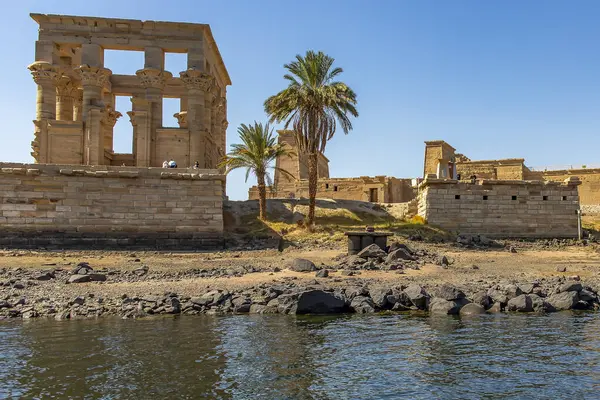
1. Egypt: History and increased security risks
Culture lovers can’t resist Egypt’s pyramids and ancient temples, but the country’s Level 3 advisory warns of terrorism threats and a restrictive political climate. Medjet’s John Gobbels adds that sexual violence and tight cultural expectations make it particularly difficult for women travelers. The advice? Know the local emergency number 122 and basic Arabic phrases for “stop” and “help.”
Safer alternative: Morocco offers North African charm without the same level of risk. Its medinas, deserts, and the famed blue city of Chefchaouen provide rich cultural immersion alongside a more stable security environment.
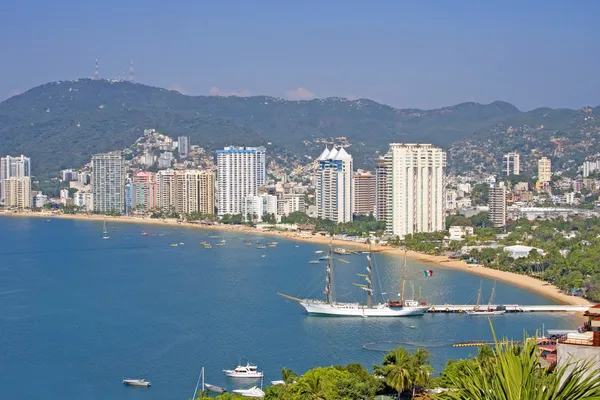
2. Mexico: Cartel Violence Creeps into Tourist Zones
From Mexico’s beaches to ruins to vibrant cities, safety can vary sharply by state. The federal government has placed Guerrero-where Acapulco is located-at Level 4 for gang war, kidnappings, and open criminal activity. Drug cartel incidents have taken place even in Cancún.
Safer alternative: The city of Mérida on the Gulf side of the Yucatán is considered one of the safest cities in the world. Tourists come to enjoy its colonial architecture, nearby Mayan ruins, and swimming in cenotes-all with far lower crime rates.

3. Brazil: Carnival Color Masks Urban Crime
Brazilian cities have high crime rates, with armed robbery, assault, and gang activity, particularly during Carnival. As Gobbels added, even the famous beaches, such as Ipanema, are afflicted by water pollution that has health implications.
Safer alternative: Argentina, rated Level 1, offers cosmopolitan Buenos Aires, Patagonia’s wild beauty, and coastal escapes without Brazil’s urban crime challenges.
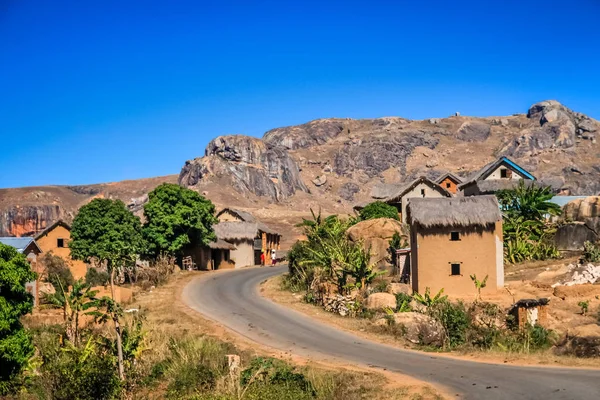
4. Madagascar: Natural Beauty Amid Rising Robbery
Despite boasting world-class biodiversity and beaches, Madagascar has high rates of poverty and weak infrastructure, contributing to muggings, political protests and violent highway robberies. The State Department warns against traveling between cities after dark.
Safer alternative: According to the Global Peace Index, the safest country in Africa is Mauritius. It boasts of fine beaches, diverse marine life, and good tourism infrastructures.
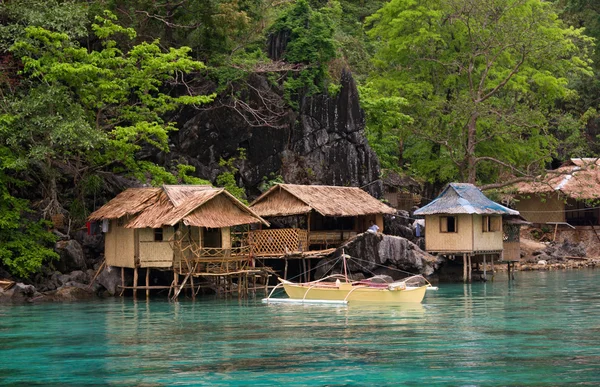
5. Philippines: Regional Hotspots of Danger
Most of the Philippines are safe but Mindanao and the Sulu Archipelago have Level 3–4 advisories owing to kidnappings and terrorism. Even Manila has rising violent crime and road accidents. Gobbels says to select hotels that have robust security features and walk rather than drive whenever possible.
Safer alternative: Malaysia is a similar tropical gem with rich rainforests and multicultural cities like Kuala Lumpur but lower crime rates and much better infrastructure.
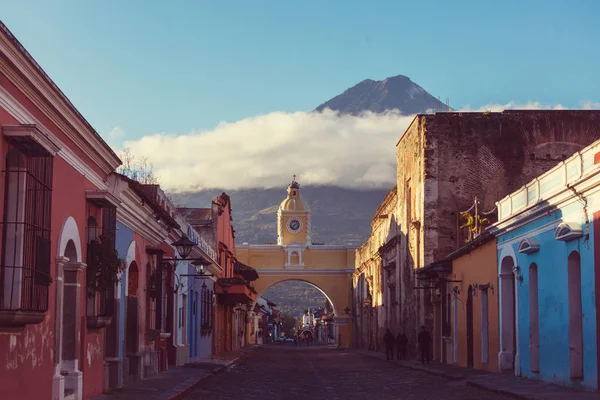
6. Guatemala: Adventure Meets Elevated Crime
Tourism in Guatemala reflects the colonial charm and volcanic landscapes, but these are circumscribed by gang violence, armed robbery, and drug trafficking. Certain areas are at Level 4, and swimming on Pacific coasts presents a risk because of strong currents, with limited emergency response.
Safer alternative: Costa Rica combines lush rainforests, volcanoes, and world-class surfing with political stability and a peaceful GPI rating.
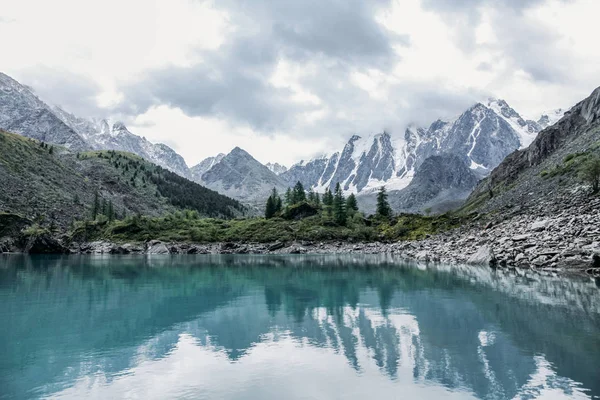
7. Russia: Geopolitical Tensions & Detention Risks
Russia’s Level 4 advisory cites war with Ukraine, arbitrary law enforcement, and risks of wrongful detention particularly for citizens of NATO countries. U.S. credit and debit cards don’t work, and embassy assistance is limited.
Safer alternative: Bulgaria offers Slavic culture, historic cities, and Black Sea beaches with a Level 1 safety rating.
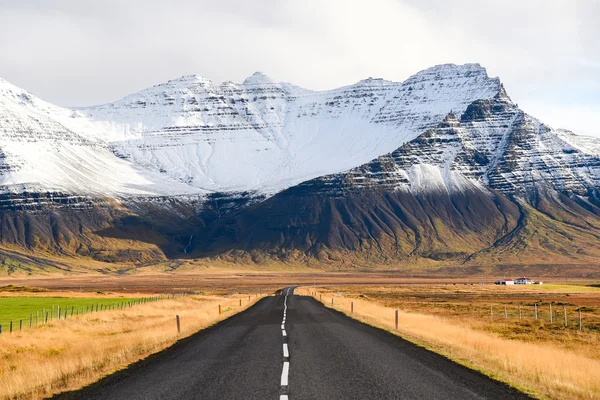
8. Iceland: Volcanic Activity Disrupts Tourism
Iceland has very low crime rates however, recent eruptions near Reykjavik have shut down major attractions like the Blue Lagoon. Volcanic tourism is dangerous, and one should purchase travel insurance.
Safer alternative: Finland is as safe as Iceland and offers northern lights in Lapland, encounters with reindeer, and tranquil lakes without volcanic eruptions.

9. Kenya: Safari Dreams With Security Challenges
While Kenya’s wildlife is world-renowned, much of the country carries a Level 4 risk due to terrorism, kidnapping, and violent crime. The areas near the Somali border and some neighborhoods of Nairobi are especially dangerous.
Safer alternative: Zambia is a Level 1 destination, offering uncrowded safaris, guided walking tours, and the natural spectacle that is Victoria Falls.
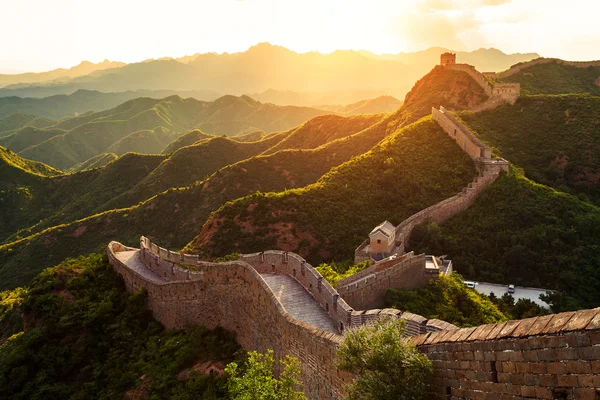
10. China: Law Enforcement Concerns and Exit Bans
China’s advisory was recently downgraded to Level 2 after it released three detained Americans, but risks remain. The State Department warns of “arbitrary enforcement of local laws” and of potential exit bans. Political sensitivities can complicate travel even in Hong Kong and Macau. Safer alternative South Korea mixes modern culture with historic sites, mountains, and cherry blossoms, all within a safe and well-connected environment.
Travel in 2025 requires more than a bucket list it needs a safety checklist. Balancing official advisories with expert insight and on-the-ground realities, travelers can exchange high-risk destinations for equally enriching yet far safer alternatives. Adventure is still out there it’s just a question of choosing the right path.v


